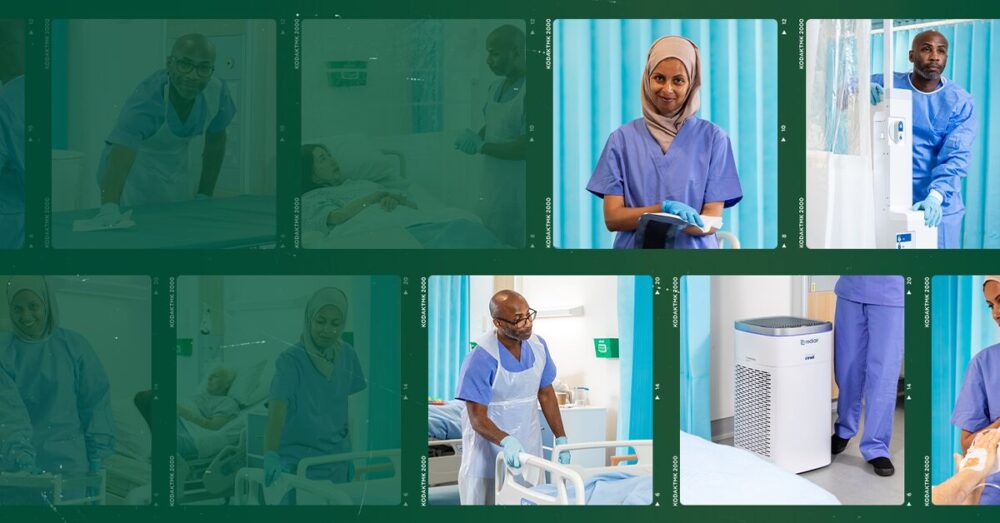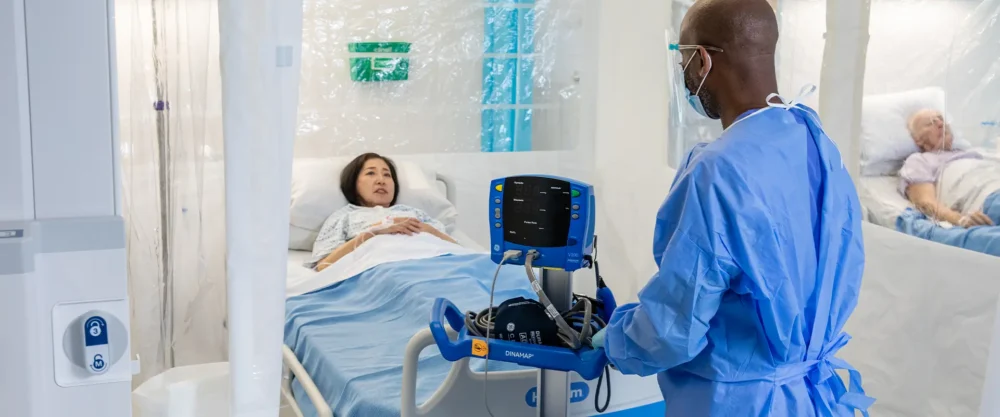Posted
14th August 2019
Research
Staff training is a vital component of achieving effective hospital cleaning and disinfection. During the study by University Hospitals Birmingham (UHB) (in which the trust switched from a two-step cleaning & disinfection process to one-step detergent/disinfectant wipe), training was an integral part of the implementation. With any change, the staff on the ground need to understand what’s changing, why it’s changing and how they need to change their own behaviour. Ensuring that a new process is understood helps to ensure that it will be followed.
Training was an important part of the success of the study. This post outlines the importance of staff training in getting the best out of disinfectant wipes.
If cleaning staff aren’t trained sufficiently, mistakes will be made in practice. This can lead to the cleaning process to do more harm than good, potentially spreading pathogenic organisms around the healthcare environment.
There is powerful evidence that improved training and education of healthcare staff can reduce HCAIs. For example, a recent randomised controlled intervention study published in the Lancet Infectious Diseases found that introducing an environmental cleaning bundle (focussed on improved staff education) improved cleaning thoroughness and appropriate use of products reduced the rate of VRE infection.
This leads us to the appropriate use of disinfectant wipes in the healthcare setting. An effective training programme needs to ensure that all staff are able to select the correct wipe for the task at hand, use the wipe in the optimal way (including the use of a ‘S’ shaped wiping pattern, see Figure 1), and dispose of the wipe between surfaces or when dry.

Figure 1: The ‘S’ shaped wiping pattern.
The study by UHBevaluated the impact of a change from a two-step wipe process (with a detergent wipe followed by an alcohol wipe) to a one-step process using the Clinell Universal Wipes. As part of the changeover process, a one month period of staff training and education was implemented. The training and education involved teaching ward nurses how to use the new wipes for a surface and equipment clean. It emphasised when to use a new wipe; and which equipment was to be cleaned. The authors identified this training and education as integral to the success of the study.
The evidence from the UHB study underlines the vital role of training and education in optimising cleaning and disinfection in healthcare settings.
SHARE THIS ARTICLE
Tags
Latest News
Can patient and resident hand hygiene be part of the solution to preventing infections?
The importance of practising proper hand hygiene is widely considered…
Confronting the hidden threat of C. diff
The power of effective surface decontamination The hidden threat of…
Reflections and learnings from International Infection Prevention Week (IIPW)
International Infection Prevention Week shines a spotlight on the crucial…
Access to patient isolation rooms matters
Infection prevention and control is complex and incorporates a whole…



